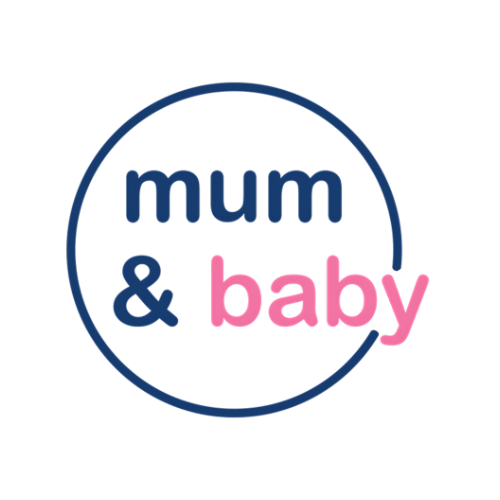Normal blood pressure is abnormal in pregnancy!
Understanding Blood Pressure During Pregnancy: What Every Mom-to-Be Should Know.
Pregnancy is a time of significant changes in a woman’s body, and one of the most important aspects to monitor is blood pressure. As an expectant mother, understanding these changes can help you stay informed and alert to potential complications. Let’s dive into the nuances of blood pressure during pregnancy and why “normal” isn’t always what you might expect.
The Pregnancy Paradox: When “Normal” Isn’t Normal
Pregnancy is a time of significant changes in a woman’s body, and one of the most important aspects to monitor is blood pressure. As an expectant mother, understanding these changes can help you stay informed and alert to potential complications. Let’s dive into the nuances of blood pressure during pregnancy and why “normal” isn’t always what you might expect.
During a healthy pregnancy, your body undergoes numerous adaptations to support your growing baby. One of these changes is a natural decrease in blood pressure, particularly during the first and second trimesters. This drop occurs because your body produces more blood to support the pregnancy while also releasing hormones that relax your blood vessels.
Normal is abnormal!
As a result, what’s considered “normal” blood pressure for a non-pregnant woman might actually be on the high side for a pregnant woman. Here’s a quick breakdown:

Normal is abnormal!
Normal blood pressure: generally considered to be below 120/80 mmHg
Normal blood pressure during pregnancy: often lower, especially in the first half of pregnancy.

Pregnancy-Induced Hypertension (PIH): When “Normal” is Too High
On the flip side, there’s a condition called pregnancy-induced hypertension (PIH), also known as gestational hypertension. This is when a woman who previously had normal blood pressure develops high blood pressure after the 20th week of pregnancy.
Here’s where it gets tricky: A blood pressure reading that would be considered normal for a non-pregnant woman might actually be a sign of PIH in a pregnant woman. For instance:
A reading of 120/80 mmHg might be perfectly fine for a non-pregnant woman.
The same reading could be a cause for concern in a pregnant woman, especially if it’s a significant increase from her early pregnancy readings.

Why This Matters
Understanding these nuances is crucial because both low and high blood pressure during pregnancy can have implications for both mother and baby.
1. Low blood pressure: While generally not dangerous, it can cause dizziness and fainting.
2. High blood pressure (PIH): Can lead to complications such as preeclampsia, which can be serious if left untreated.


What You Can Do?
1. Attend all prenatal check-ups: Your obsterician will monitor your blood pressure at every visit.
2. Know your baseline: Make note of your pre-pregnancy blood pressure and your readings in early pregnancy.
3. Learn to recognize symptoms: Severe headaches, vision changes, or sudden swelling could be signs of PIH.
4. Maintain a healthy lifestyle: Eat a balanced diet, stay hydrated, exercise regularly (as approved by your obsterician), and manage stress.
When to Seek Help
Always contact your obsterician if you experience:
Severe headaches
Vision changes
Sudden swelling in your face, hands, or feet
Abdominal pain, especially in the upper right side
Decreased fetal movement

Remember, every pregnancy is unique. What’s normal for one woman may not be normal for another. The key is to stay informed, attend regular check-ups, and maintain open communication with your obsterician throughout your pregnancy journey.
By understanding the intricacies of blood pressure during pregnancy, you’re taking an important step in ensuring a healthy pregnancy for both you and your baby. Here’s to your health and the exciting journey of motherhood ahead!
